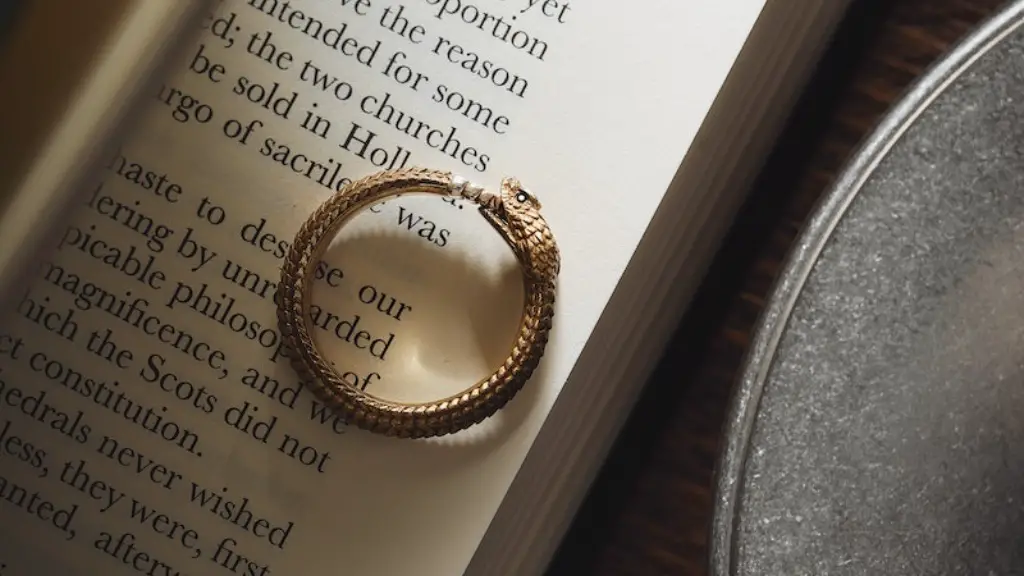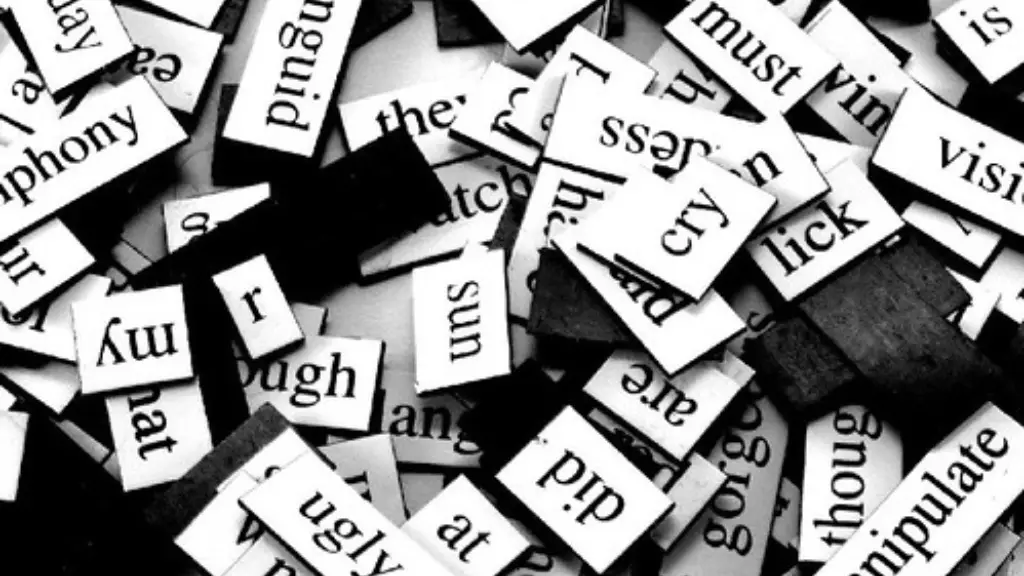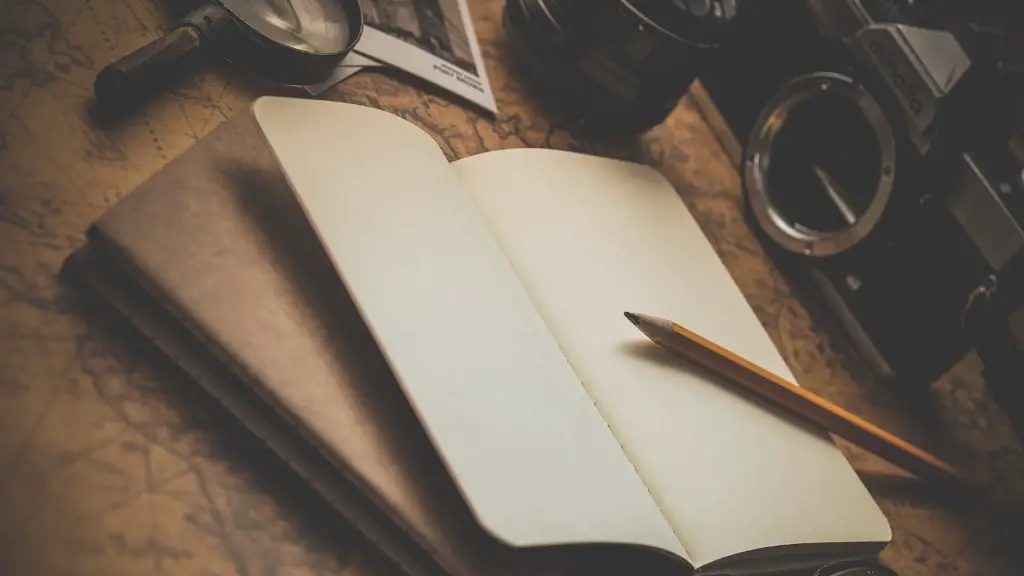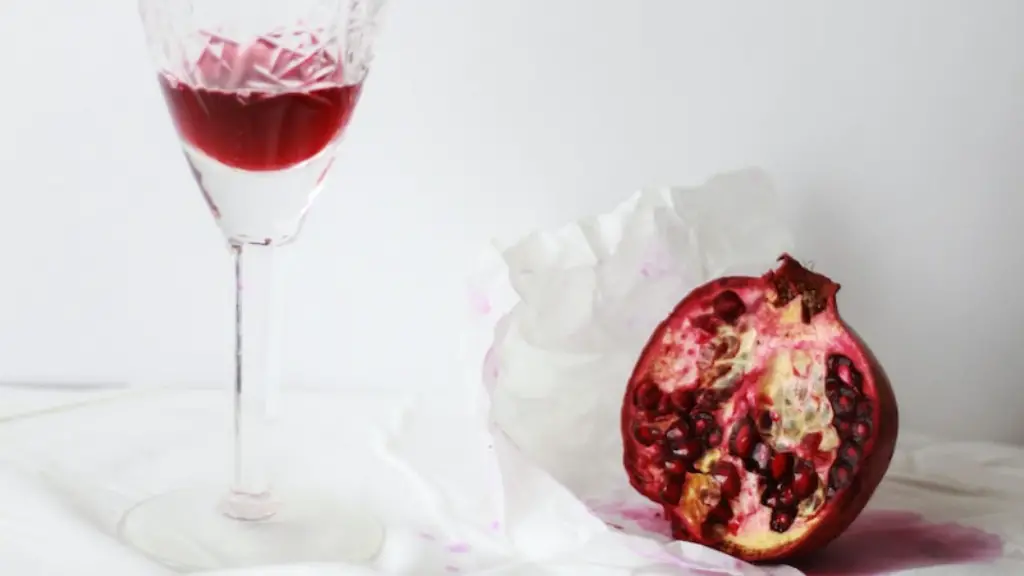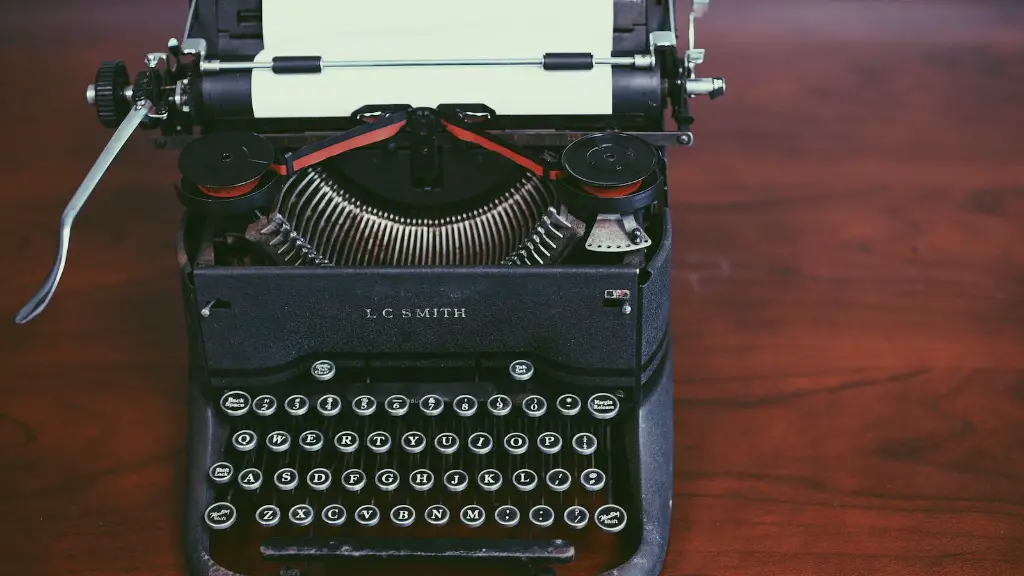Narrative poetry is an ancient art form that has been used throughout history to tell stories—stories of love, loss, redemption, and more. Narrative poetry is not only an enjoyable form of art, but it can also be incredibly effective in conveying a message or emotion to its readers.
At its core, narrative poetry is a form of storytelling, as it presents its readers with a story and a protagonist. The narrative poem can take many forms, from the traditional ballad or epic poem to the popular spoken word, and each form brings its own distinct style and atmosphere.
The structure of the narrative poem is typically much more organized and linear than other types of poetry. The poetic devices used in the poem, such as rhyme and meter, often help to give the story an overall structure and aid in conveying the protagonist’s feelings and emotions. Additionally, narrative poems often contain characters and a plot, which helps to create a more complete narrative than traditional poetry.
In terms of its form, narrative poetry has many conventions and rules, depending on the genre. Traditional epic poems and ballads tend to follow a certain structure, while spoken word is often freestyle and unstructured. Despite the difference in style, narrative poetry is often characterized by its use of metaphor, imagery, and other literary devices to weave a compelling tale.
The emotional power of narrative poetry has been long celebrated. Poems such as Alfred Lord Tennyson’s “The Charge of the Light Brigade” and William Wordsworth’s “The World is Too Much With Us” have a touch of the poet’s anger and despair, while the beauty and tragedy of Langston Hughes’ “Dream Deferred” are palpable. By using evocative language and imagery, narrative poems can evoke an emotional response in their readers.
Although narrative poetry is an ancient art form, it is still popular today, with spoken word and slam poetry appearing in bookstores and on stages across the world. With its emotive power and ability to tell stories, narrative poetry is a popular art form that is sure to remain a part of the literary canon for generations to come.
The History of Narrative Poetry
The history of narrative poetry is long and rich—it has been around for centuries in various forms, from the traditional Western epic and ballad to the traditional works of oral poetry found in various cultures around the world. In the Western tradition, some of the most celebrated narrative poems include The Odyssey, The Iliad, Beowulf, and the Aeneid—ancient texts that have been studied and admired for generations.
In the 18th and 19th centuries, narrative poetry became increasingly popular and diverse, with many classical forms of poetry leading to the works of Romantic and Victorian poets such as William Wordsworth, Percy Bysshe Shelley, John Keats, and Alfred Lord Tennyson. These poets used narrative poetry to express their feelings of love, despair, and longing, creating some of the most beautiful and poignant works of literature in the process.
In the 20th century, narrative poetry continued to evolve, as poets began to experiment with new forms and genres. Among these new forms of poetry was the spoken word poetry movement, which has become incredibly popular in recent decades. Famous spoken word poets such as Def Poetry Jam’s Georgia Me and Saul Williams have used narrative poetry to explore themes such as racism and inequality, making for powerful and striking pieces of art.
The Benefits of Narrative Poetry
Narrative poetry is not only a form of art, but it can also provide many positive benefits to its readers. Not only can a well-crafted narrative poem evoke an intense emotion in its readers, but it can also be used to explore deeper themes and ideas. Additionally, narrative poems can often be used to teach or impart a moral or lesson to its readers in a way that other forms of poetry cannot.
Furthermore, narrative poetry can also be used to explore difficult or sensitive topics. Narrative poems can be used to discuss or expose controversial topics such as inequality, racism, and violence, often in an intimate and powerful way that traditional forms of journalism cannot.
In addition to its ability to explore difficult topics, narrative poetry can also be used to provide comfort and solace in difficult times. To a struggling reader, the words of a narrative poem can often provide a much-needed escape, whether it be through laughter, tears, or even a feeling of solidarity and shared understanding.
Types of Narrative Poetry
Narrative poetry can take many forms, from the traditional epic and ballad to the newer works of spoken word and slam poetry. Although the style and structure of each form of narrative poem can vary greatly, all narrative poems share certain elements, such as the use of metaphor and imagery, the inclusion of a protagonist and a story, and the use of poetic devices to structure and create the overall narrative.
Traditional narrative poems include the epic, which is usually an extended narrative poem that chronicles the deeds of a heroic figure or group of figures. The ballad is another type of traditional narrative poem, which is typically a short and simpler work of poetry, often told from the perspective of a particular character.
More modern forms of narrative poem include spoken word, which often utilizes more contemporary language, and slam poetry, which is often performed to an audience in a slam or poetry competition. Each of these forms brings its own unique style and sonic signature to the narrative poem, and each form often relies on the same underlying devices of metaphor and imagery to craft a compelling narrative and convey a powerful message.
The Use of Narrative Poetry in Today’s Society
Today, narrative poetry is being used in a variety of ways, from entertainment to education. In terms of entertainment, many spoken word and slam poets have found success in both the mainstream and the underground music scene, and numerous books of narrative poetry are available in bookstores and online.
In terms of education, narrative poetry is often used in classrooms to teach and explore various concepts. Many teachers use narrative poetry to discuss topics such as racism, inequality, and social justice, as the themes and imagery found in many narrative poems can often add a more personal and intimate aspect to the discussion. Additionally, narrative poems can also be used to explore topics such as history and literature, often in a more engaging and effective way than traditional teaching methods.
Finally, narrative poetry can also be used to explore and express one’s own emotions and experiences. By writing or performing a narrative poem, a person is able to take their own story and narrative and present it in a poetic manner. Such poems can be an incredibly powerful and effective way of communicating one’s emotions, allowing the poet to express their experiences in a way that can be both meaningful and impactful.
The Power of Narrative Poetry
Narrative poetry is an ancient form of art that has been used throughout history to tell stories, share ideas, and express emotions. Characterized by its use of metaphor, imagery, and literary devices, narrative poetry can evoke an intense emotion in its readers, as well as explore difficult concepts and topics. Additionally, narrative poetry can also be used to provide comfort and solace, as well as to explore and express one’s own emotions and experiences.
Overall, narrative poetry is a powerful form of art that can be used to great effect in both the entertainment and education sectors. With its ability to evoke emotion and explore difficult topics, narrative poetry is sure to remain an important part of the literary canon for generations to come.
